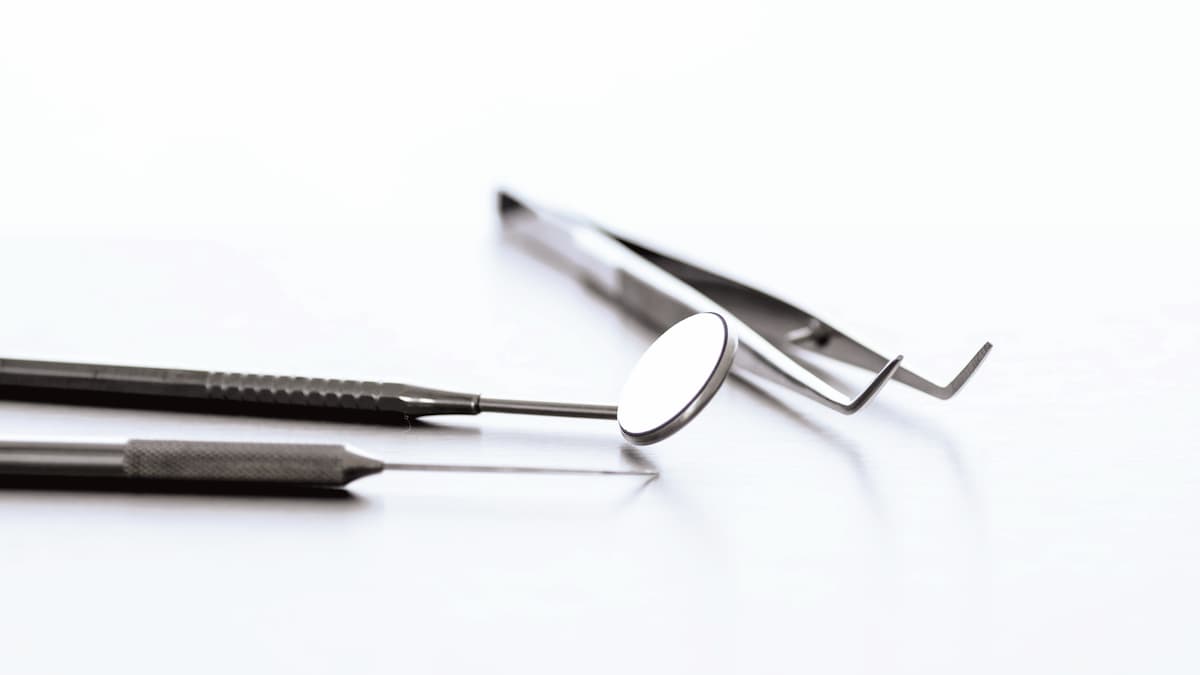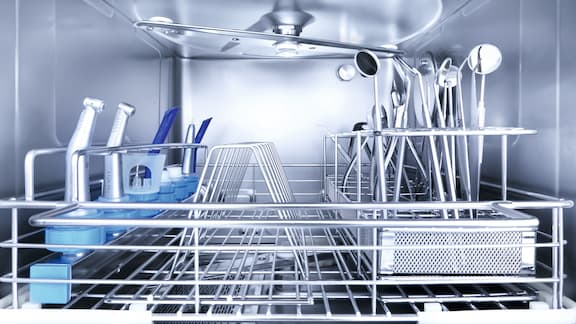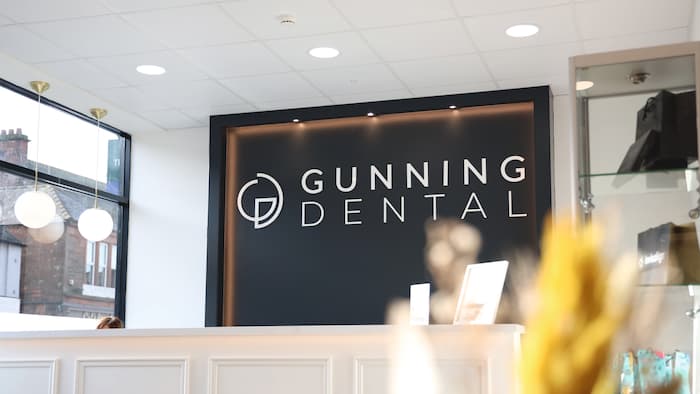
Best practices for the disinfection and decontamination of instruments in dental practices
Here, we describe the best practices your dental surgery and its staff should be following for the safe and effective decontamination of instruments.

💡 Understand the decontamination process
Decontamination (also known as reprocessing) is the process where reusable items are made safe for future use. It is a complex process that involves multiple stages including cleaning, the removal of debris and soling; disinfection, using heat/chemicals to reduce harmful organisms; inspection, a visual process using a magnification lamp to detect debris or instrument damage; and sterilisation, removing and killing microbes such as fungi, bacteria, and viruses. It’s essential that all parts of the decontamination cycle are carried out correctly by staff.
💡 Identify a safe area for decontamination
Many dental practices have a separate decontamination room but sometimes this is not possible due to lack of space or building regulations, meaning decontamination will need to take place in the dental treatment room. If the latter, the CQC expect steps to be taken to reduce risks.
It is important to make sure that the decontamination room has a single run of sealed and easily cleaned worktops, including an area for dirty instruments, washing and rinsing sinks, space for inspecting cleaned instruments prior to sterilisation, an appropriate place to accommodate an autoclave, an area for packaging instruments, and a separate handwashing sink. A dirty-to-clean workflow must always be maintained to prevent cross contamination.
💡 Adhere to quality requirements
Complying with essential quality requirements is a must. According to the Health Technical Memorandum 01-05 (HTM 01-05), all instruments should be reprocessed using a validated decontamination process; an auditing tool should be used to ensure the ongoing maintenance of requirements; and every practice is expected to produce a statement of plans for future improvements.
In addition, there are a number of other elements needed to support the decontamination process. Examples include an infection control policy with detailed instructions on how to clean instruments; a nominated member of staff to oversee the decontamination cycle; clear procedures around the management of single-use and reusable instruments; instrument storage and wrapping recommendations; and guidance around the use of dedicated equipment for specific instruments.
💡 Invest in suitable cleaning equipment
Reusable dental instruments can be cleaned using a washer disinfector, manual washing combined with ultrasonic cleaning, and manually (when governed by appropriate protocol). While all methods of cleaning are acceptable within the essential quality requirements framework, manual cleaning is not usually best practice and should only be considered when a tool is not compatible with automated processes.
Here are the common types of equipment used within the decontamination cycle.

- Ultrasonic cleaners – though not essential to compliance, they can be more effective than manual washing, especially when processing hinged or complex instruments. This method of cleaning should only be used once manual cleaning has been carried out.
- Washer disinfectors – these are fully automated and the preferred method for cleaning instruments as they both clean and disinfect during a process cycle. Heavily soiled items should be manually cleaned before being processed.
- Magnification inspection lamp – each instrument needs to be visually inspected to check for any sign of damage or debris that might have been missed.
- Steriliser – this processes should be performed after the cleaning, disinfection, and inspection process. Sterilising with the use of steam is the recommended method for dental instruments; there different types available for specific operating conditions and load limitations.

